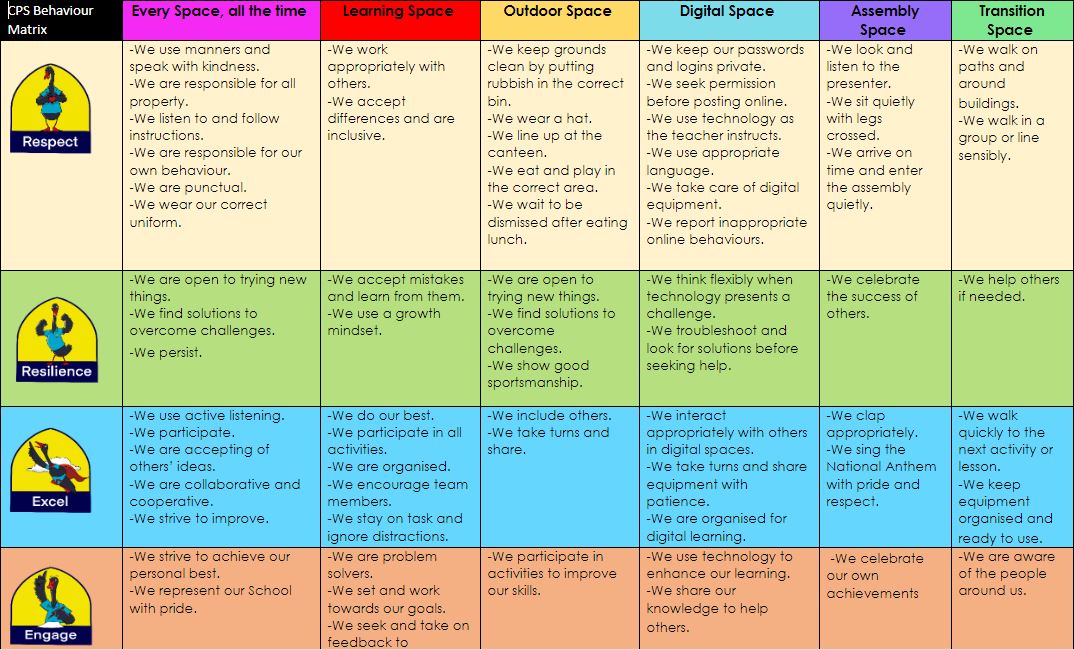Just another huge thank you to the CPS P & C for organising Kaylene Kerr from ESafeKids to host our eSafety parent workshop. It was a good turnout, and all of us parents walked away with a much greater awareness of the digital world our children are a part of, as well as some very important tips, tricks, and strategies to help support them in a positive way.
If you are interested in reading up on some of these strategies, we suggest you visit Kaylene’s website or blog. https://www.esafekids.com.au/blog
https://www.churchlandsps.wa.edu.au/wp-content/uploads/The-Challenge-of-Technology-@-Home.pdf
While there were many important messages on the night, it was pleasing to hear that the strategies that we have been recommending over the previous years continue to be recognised as best-practice for fostering safe digital experiences at home. While all CPS students learn Digital Citizenship and digital safety at school thoroughly; it is a part of the SCSA (School Curriculum and Standards Authority) Digital Technologies and Health curriculums, it is entwined in the ICT General Capabilities teaching and learning, and we also put significant focus on extending this learning as part of our Positive Behaviour Support (PBS) program. Teaching positive behaviours in our ‘Digital Spaces’ is consistent and ongoing.
While learning about the specifics of safe digital practice is vital at school, Kaylene made the important note that digital safety requires much more rounded and broader learning, starting from home. Just as we begin to teach about safety in many other areas of our lives, such as safety around the home, stranger danger, beach safety, sun safety, etc., digital safety should be taught likewise, from an early age. Kaylene suggested the cycle of learning should start at home, be boosted and expanded at school, and then this school learning should again be supported at home.
As mentioned on the night and as part of our tips for the Challenge of Tech at Home document, the biggest takeaways and a great starting point for parents dealing with technology at home include:
- being an active part of your children’s digital life – inquire, question, join in, enjoy together, talk about it!
Just as our children grow, feel supported, and are encouraged when we watch them in the extracurricular activities after school and on the weekend, so will they when we join in with them online. You will also have a much more solid understanding of their digital space.
- keeping technology out of bedrooms—while Kaylene acknowledges it is hard to always be consistent and headstrong on all technology home rules, she strongly suggests being firm on this one.
Keeping technology out of the bedrooms sets up a solid base to not only be able to ‘see and hear’ what is happening in your children’s digital world, but be on hand to support it. It also encourages a more balanced activity schedule and makes it easier to keep devices away in the morning and before sleep.
Mr Johnson
Deputy Principal

